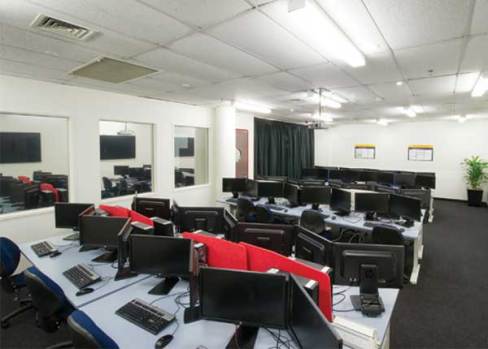Nick Ellis
UNSW Canberra and the Royal Australian Air Force (RAAF) will develop three Cubesats to be used for maritime surveillance, with the first lifting off in early 2018.
UNSW Canberra has signed a $9.96 million contract with the Royal Australian Air Force (RAAF) to develop new ways to enhance Australia’s future Defence space capability.
Engineers and scientists from UNSW Canberra Space will design and build three Cubesat spacecraft for two space missions, to be launched into Low Earth Orbit.
Cubesats are miniaturised satellites with a standardised form that fits into ‘piggy-back’ dispensers on most commercial rocket launch services
They are made up of units that are 10 centimetres cubed, use a variety of off-the-shelf and bespoke electronic components and sensors. They are economical, can be applied to a wide array of space-based purposes (particularly for space research, Earth observations and communications), and can be rapidly designed and built to high standards.
3 unit (3U) Cubesats are roughly the size of a loaf of bread and weigh approximately 4kg. 6 unit (6U) Cubesats are twice the size as 3U.
Director of UNSW Canberra Space, Professor Russell Boyce says the Cubesats will be used for maritime surveillance.
“These spacecraft are able to gather remote sensing information with radios and cameras, and are the sort of innovative space capability that can help meet many ground-based needs in ways that make sense for Australia,” Professor Boyce said.
“Because they have re-programmable software defined radios on board, we can change their purpose on the fly during the mission, which greatly improves the spacecraft’s functional capabilities for multiple use by Defence.”
The first will lift-off in early 2018, followed by the second in 2019.
The space missions will also deliver research and educational outcomes for Defence and civilian students studying engineering at UNSW Canberra.
UNSW Canberra Rector, Professor Michael Frater, said the space program is built on the university’s strengths in satellite and sensor R&D.
“UNSW Canberra has invested significantly to build a very large world class team of space scientists and engineers. With the announcement this week of a national space agency, we are very excited about the future of space in Australia. We look forward to having a leading role in the space industry, both through education and research.”
Comment below to have your say on this story.
If you have a news story or tip-off, get in touch at editorial@governmentnews.com.au.
Sign up to the Government News newsletter

